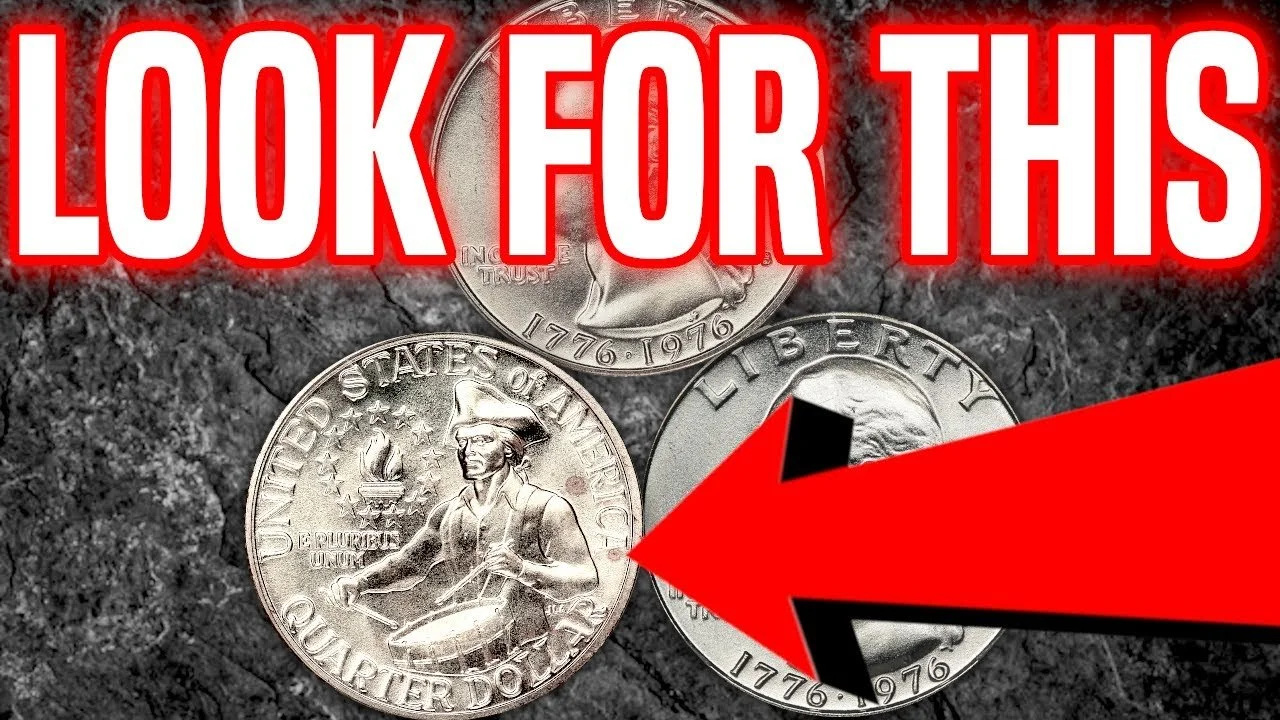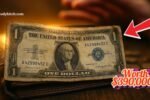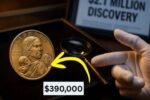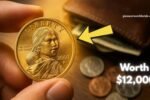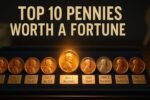Rare Bicentennial Quarter : Most people don’t think twice about the quarters jingling in their pockets—but there’s one rare coin that could change your life in an instant. A special version of the 1976 Bicentennial Quarter, created to commemorate America’s 200th birthday, has reportedly sold for nearly $1 million, making it one of the most valuable modern coins ever discovered.
But what makes this quarter so special, and could you possibly have one in your change?
What Is the Bicentennial Quarter?
In 1976, the U.S. Mint released a special edition of the quarter to honor the 200th anniversary of the signing of the Declaration of Independence. Unlike regular quarters, these featured a unique reverse design showing a drummer boy and a torch surrounded by 13 stars, created by artist Jack L. Ahr.
These quarters were struck with the dual date “1776–1976” and released into general circulation, with hundreds of millions minted. But among them, a tiny number of rare error coins or special strikes are worth a fortune.
The $1 Million Quarter: Why It’s So Valuable
While most Bicentennial Quarters are only worth face value, one known example has fetched nearly $1 million due to a combination of extreme rarity and unique characteristics:
Struck in 90% Silver
While standard circulation quarters were made from a copper-nickel blend, special collector’s editions were minted in 90% silver.
A few rare versions were mistakenly struck using these silver planchets without being properly marked, making them extremely scarce.
Proof-Like or Special Strike
Some of these quarters were made with proof-like finishes or produced under experimental conditions, resulting in higher detail and luster.
Mint Error or Off-Metal Strike
Certain coins were accidentally struck on foreign planchets or with misaligned dies, significantly increasing their value.
Condition and Grading
The million-dollar Bicentennial Quarter was graded at an exceptionally high Mint State level (MS-68 or higher) by a top grading agency like PCGS or NGC.
How to Tell If You Have a Valuable Bicentennial Quarter
Most 1776–1976 quarters are not rare, but here are signs yours might be:
| Feature | What to Look For |
|---|---|
| Date | “1776–1976” |
| Reverse Design | Drummer boy with torch and 13 stars |
| Material | Silver (check for a solid edge with no copper line) |
| Weight | Silver quarters weigh 6.25 grams (vs. 5.67g for copper-nickel) |
| Mint Mark | Check for “S” (San Francisco), “D” (Denver), or no mark (Philadelphia) |
| Finish | Highly reflective or proof-like surface |
Use a magnet (silver is not magnetic) or a jeweler’s scale to help test your coin.
Where to Get Your Coin Appraised
If you think you’ve found a rare Bicentennial Quarter:
Do not clean it! This can damage the surface and lower its value.
Submit it to a grading service like:
PCGS (Professional Coin Grading Service)
NGC (Numismatic Guaranty Company
Consider taking it to a trusted coin dealer or numismatic show.
Other Valuable Bicentennial Coins
While the $1 million quarter is exceptional, there are other Bicentennial coins worth collecting:
1976-S Silver Proof Set – Often worth $20–$50
Double Die Errors – Can range from $100 to $1,000+
Off-Center or Misprint Quarters – Value depends on severity and condition
Final Thoughts
Although most Bicentennial Quarters won’t buy you more than a soda, the rarest examples have become crown jewels in the world of coin collecting. If you have old change or inherited coin jars lying around, it’s absolutely worth taking a closer look.
Because somewhere out there, one little quarter could still be worth $1 million—and it just might be in your pocket.
Frequently Asked Questions (FAQs..)
Q1: What is a Bicentennial Quarter?
The Bicentennial Quarter is a special edition U.S. quarter dollar coin minted in 1975 and 1976 to celebrate the 200th anniversary of American independence. It features a dual date “1776–1976” and a unique drummer boy design on the reverse, replacing the traditional eagle.
Q2: Why are some Bicentennial Quarters worth so much money?
While most are common, a small number are worth thousands—or even up to $1 million—due to rare minting errors, silver composition, and high-grade proof or special strikes. The most valuable examples are:
Struck on 90% silver planchets
Proof-like or high-grade (MS-68 or higher)
Have rare mint errors (e.g., off-metal strikes, double dies)
